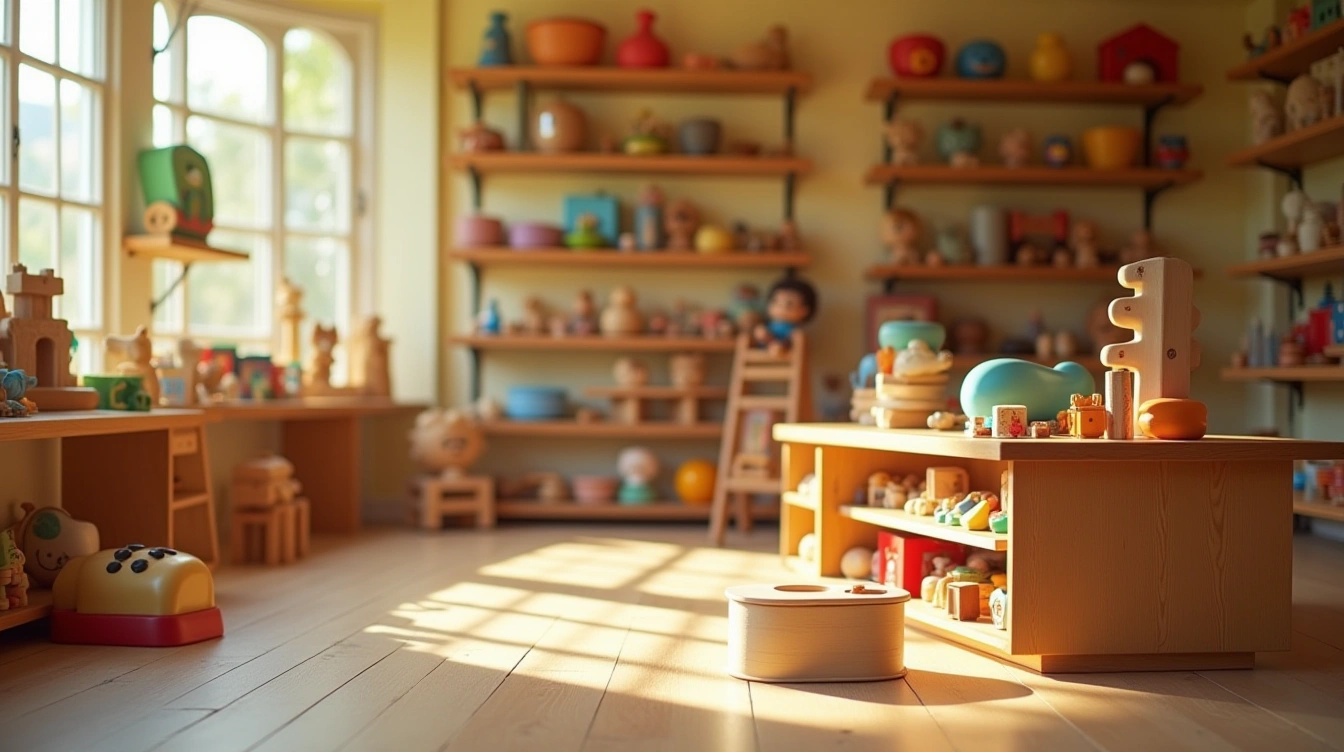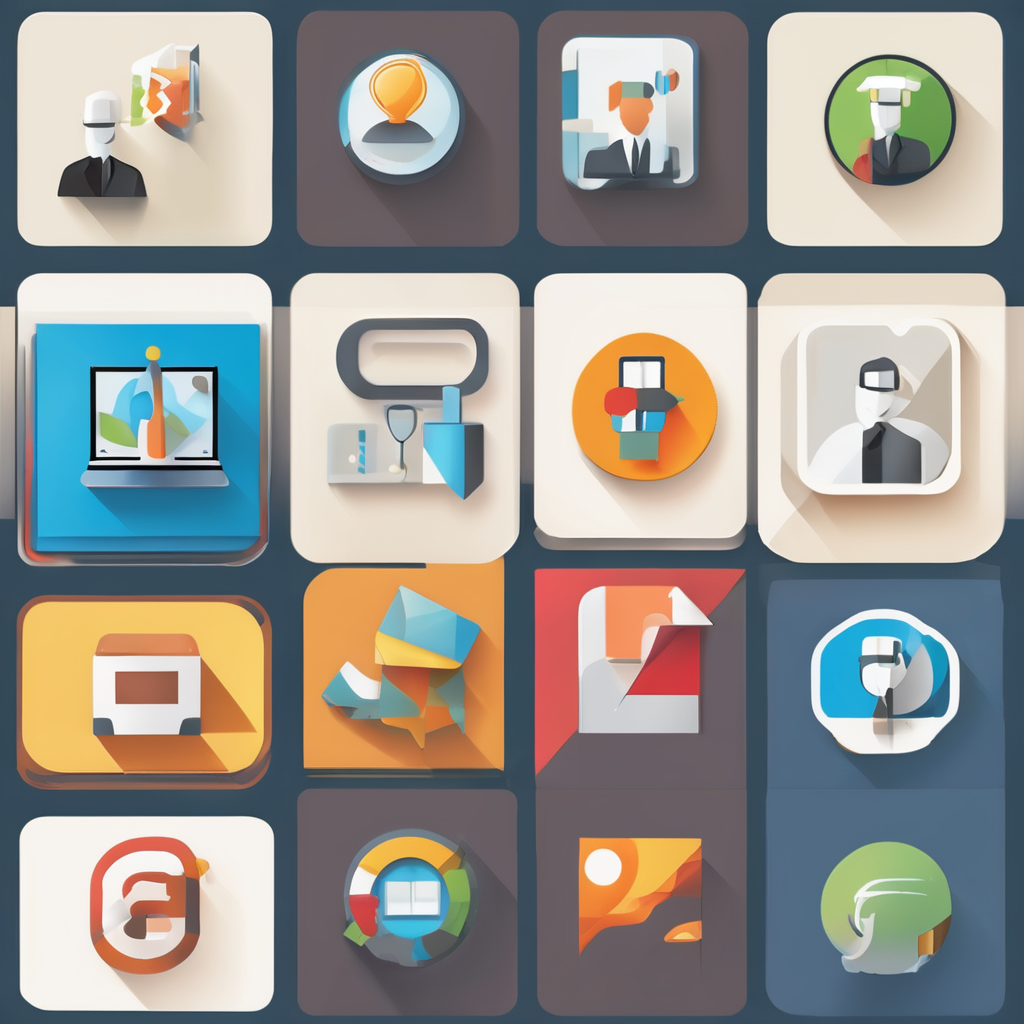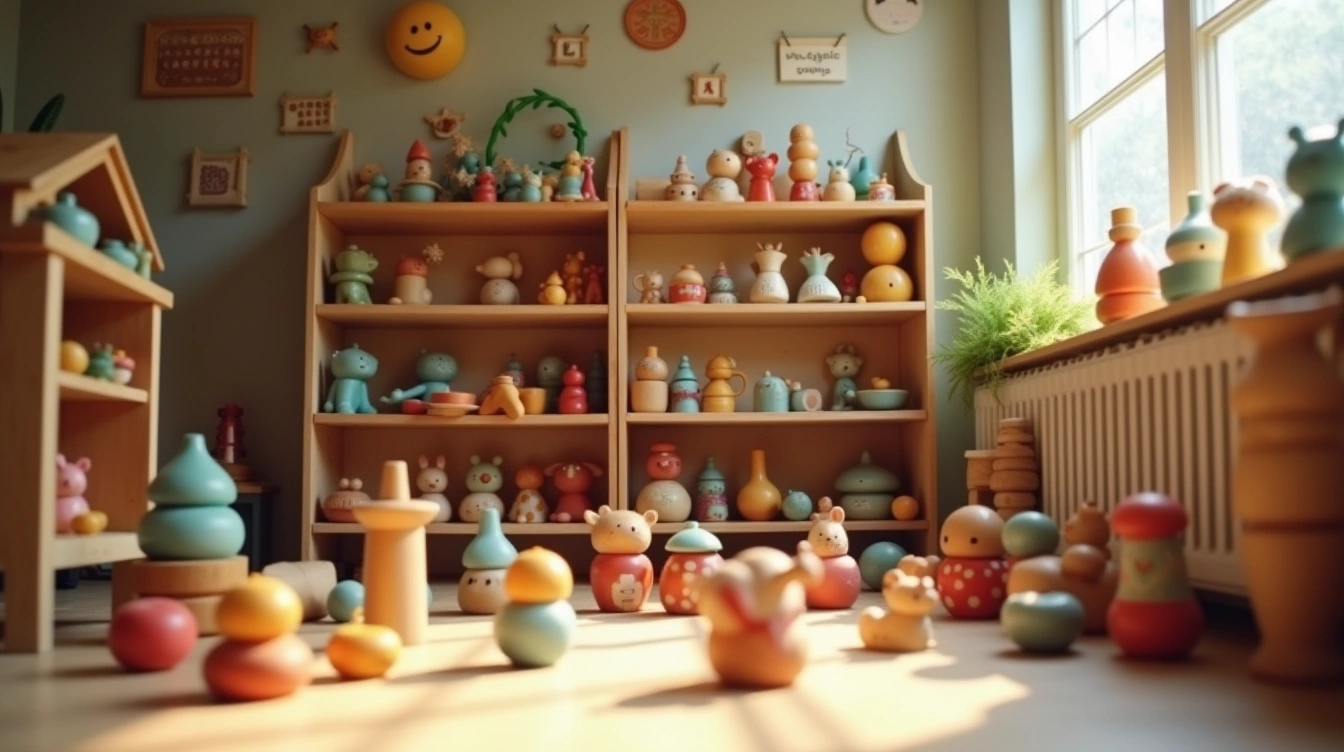Discovering the Perfect Montessori Toy Shop for Your Child’s Development
The Montessori method transforms learning into natural exploration, fostering independence and creativity through carefully designed materials. According to the National Center for Education Statistics, alternative education enrollment increased by 23% in 2024, reflecting growing parental interest in child-centered approaches. What if choosing the right educational toys could unlock your child’s full potential?
What Makes Authentic Montessori Materials Truly Special
At the heart of the Montessori method lies a profound understanding: children learn best when they can explore the world through their senses. Authentic Montessori materials are carefully crafted to honor this principle, creating learning experiences that feel natural and purposeful rather than forced or artificial.
The emphasis on natural materials, particularly wood, isn’t simply aesthetic. Wood offers children a genuine sensory experience that plastic cannot replicate. When a child holds a wooden cylinder block, they feel its weight, texture, and warmth. This tactile connection helps develop their sensory awareness while fostering a deeper relationship with their learning environment.
What truly sets these materials apart is their built-in self-correction feature. A child working with the famous pink tower doesn’t need an adult to tell them if they’ve made a mistake. The blocks themselves reveal the error, allowing the child to discover and correct it independently. This design philosophy nurtures natural confidence and problem-solving skills that extend far beyond the classroom.
Unlike traditional toys that often overstimulate with bright colors and sounds, Montessori materials embrace simplicity and purpose. Each piece serves a specific developmental goal, whether it’s refining fine motor skills, understanding mathematical concepts, or developing spatial reasoning. This intentional design helps children focus deeply on their work without unnecessary distractions. The Montessori Shop offers authentic wooden materials that respect this time-tested philosophy, supporting crucial developmental milestones through purposeful play.
Key Criteria for Choosing Quality Educational Materials
Selecting quality educational materials requires careful attention to specific criteria that align with your child’s developmental needs. The right materials can transform learning into an engaging, natural process that nurtures independence and curiosity.
Here are the essential criteria to consider when choosing educational materials:
- Natural materials: Wood, cotton, and other organic materials provide authentic sensory experiences that plastic cannot replicate, supporting tactile development while connecting children to nature
- Clear educational purpose: Each material should target specific skills like fine motor coordination, mathematical concepts, or language development with obvious learning objectives
- Age-appropriate design: Materials must match your child’s current abilities while offering room for growth, ensuring neither frustration nor boredom
- Self-correcting features: Quality educational tools allow children to recognize and fix mistakes independently, building confidence and problem-solving skills
- Durability and safety: Well-constructed materials withstand repeated use while meeting safety standards, protecting your investment and your child
- Minimalist aesthetic: Simple, uncluttered designs help children focus on the learning concept without visual distractions
These criteria ensure that educational materials truly serve their purpose: fostering independent learning while respecting your child’s natural development process.
How These Specialized Toys Support Child Development
Les jouets Montessori transforment l’apprentissage en une aventure naturelle pour les enfants. Contrairement aux jouets conventionnels, ces outils pédagogiques développent simultanément plusieurs compétences essentielles grâce à leur conception réfléchie et leur approche multi-sensorielle.
La motricité fine se développe magnifiquement avec des activités comme les cylindres colorés ou les perles à enfiler. Quand un enfant de 3 ans manipule ces petites pièces, il affine sa coordination œil-main tout en préparant inconsciemment son geste d’écriture. Cette préparation indirecte représente l’un des génies de la méthode Montessori.
Les compétences logiques et mathématiques s’épanouissent naturellement avec les barres rouges et bleues ou les cubes roses. Ces matériaux concrets permettent aux enfants de visualiser les concepts abstraits. Un enfant comprend intuitivement les notions de taille, de volume et de séquence en manipulant ces outils auto-correcteurs.
La concentration et la confiance en soi se renforcent progressivement. Les enfants peuvent répéter les activités autant de fois qu’ils le souhaitent, développant leur persévérance et leur autonomie sans pression extérieure.
Age-Appropriate Selection: From Toddlers to School-Age Children
Choosing the right Montessori materials at each developmental stage ensures your child gains maximum benefit from their learning experience. The carefully designed progression of activities follows your child’s natural cognitive and motor development, making learning both engaging and successful.
For children aged 0-3 years, focus on sensory exploration and basic motor skills. Simple wooden grasping beads, object permanence boxes, and textured sensory balls align perfectly with their need to understand the world through touch and movement. These toddlers thrive with materials that encourage independent exploration while developing hand-eye coordination.
The 3-6 years age group benefits from more complex materials that challenge logical thinking and fine motor precision. Pink tower cubes, cylinder blocks, and practical life activities like pouring and sorting become fascinating challenges. This age group can handle multi-step activities and begins understanding abstract concepts through concrete manipulation.
Children over 6 years old are ready for advanced mathematical concepts, geography materials, and scientific exploration tools. Golden bead materials for decimal operations, world puzzle maps, and botany cabinet activities satisfy their hunger for detailed knowledge and systematic learning, preparing them for academic success.
Why Quality Matters More Than Quantity in Educational Toys
When it comes to educational toys, the temptation to fill playrooms with numerous colorful options can be overwhelming. However, investing in fewer, high-quality pieces delivers far greater developmental benefits than accumulating countless plastic alternatives.
Durable materials like solid wood create toys that withstand years of exploration and learning. These materials not only feel more pleasant to touch but also connect children with natural textures that plastic simply cannot replicate. Quality educational toys maintain their structural integrity through countless play sessions, ensuring consistent learning experiences.
The environmental impact of choosing quality becomes particularly significant when considering longevity. Well-crafted wooden toys can serve multiple children across generations, reducing waste while maintaining their educational value. This sustainability aligns perfectly with teaching children to respect both their environment and possessions.
Quality toys also demonstrate superior learning outcomes. Precisely crafted Montessori materials offer consistent sensory feedback that helps children develop accurate understanding of concepts like weight, texture, and spatial relationships. These authentic learning experiences build stronger neural pathways than their mass-produced counterparts ever could.
Your Most Common Questions About Montessori Educational Materials

What makes Montessori toys different from regular toys?
Montessori materials focus on purposeful learning rather than entertainment. They’re crafted from natural materials, designed to isolate specific skills, and encourage self-directed exploration without overwhelming stimulation.
Where can I find authentic Montessori educational materials online?
Look for specialized retailers that understand Montessori philosophy. Quality shops offer materials crafted from natural wood, provide detailed age guidance, and prioritize educational value over flashy designs.
Are wooden Montessori toys worth the investment for my toddler?
Absolutely. Wooden Montessori toys offer lasting durability, sensory benefits, and timeless appeal. They grow with your child, support multiple developmental stages, and maintain their educational value for years.
How do I choose age-appropriate Montessori toys for my 3-year-old?
Focus on materials that develop practical life skills, fine motor control, and early academic concepts. Look for puzzles, sorting activities, and tools that encourage independence and concentration.
What are the best Montessori toys for developing fine motor skills?
Threading activities, cylinder blocks, and transferring exercises excel at building finger strength and coordination. These materials prepare children for writing while developing precise hand movements naturally.
Do you offer international shipping for Montessori educational materials?
Many authentic Montessori retailers provide worldwide delivery with careful packaging to protect delicate wooden materials. Look for shops offering return policies and customer support for international buyers.


